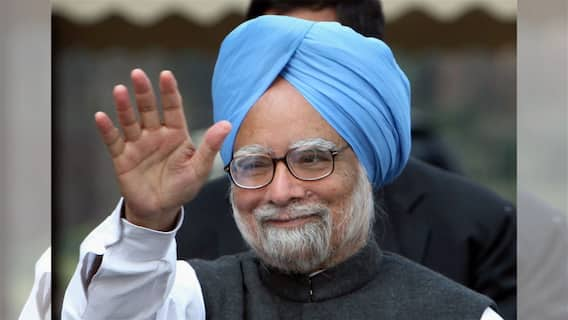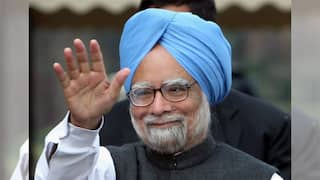Cash Crunch Led By Rise In Overnight Funding Rate Risks Derailing Economic Recovery: Report
According to report rise in Weighted Average Call Rate (WACR) has created a persisting cash crunch by pushing short-term borrowing costs above a key policy interest rate

As the Weighted Average Call Rate (WACR), an overnight funding cost rate that is monitored by the Reserve Bank of India, rose above its policy rate ceiling of 6.75 per cent in recent weeks, a Bloomberg report says that it may pose a risk to the country's economy that needs cheaper funding to sustain its recovery.
The WACR is the rate at which short-term funds are borrowed and lent in the money market. The duration of the call money loan is 1 day. The WACR is used as a benchmark for short-term interest rates in India.
The report says that this rise in WACR has created a persisting cash crunch by pushing short-term borrowing costs above a key policy interest rate. In another notable development, the yield on one-year treasury bills also exceeded those on 10-year government bonds. The report says this Yield curve inversion is often associated with a malfunctioning bond market.
In March this year, the Reserve Bank of India sold one-year treasury bills at a 7.48 per cent yield, the highest since October 2018, while the 10-year benchmark 7.26 per cent 2032 bond yield was at 7.46 per cent. According to Investopedia, historically, an inverted yield curve has been viewed as an indicator of a pending economic recession.
Also Read: Overnight Funding Rate Hit 5-Week High Due To Cash Crunch; May Deter RBI From Rate Hike: Report
The report said that the funding squeeze indicates a clogged-up financial system that is starting to hurt appetite for bonds and further raising financing costs. This is happening as the RBI paused monetary tightening amid easing price pressures. But economists say the situation may linger for a while, with the central bank still determined to fight inflation and expected to offer short-term liquidity relief only.
“With the rate-hiking cycle behind us, liquidity management will now be the key focus of monetary policy. As long as the stance of monetary policy remains as withdrawal of accommodation, liquidity conditions are likely to remain tight,” Gaura Sen Gupta economist at IDFC First Bank Ltd told Bloomberg.
When banks deposit less money with the RBI, the excess cash available in the banking system decreases. This leads to a shortage of funds in the interbank market, which drives up the demand for funds, pushing up the WACR, which is the cost of borrowing funds in the interbank market. In other words, when banks deposit less money with RBI, the WACR increases.
According to the reprot, a gauge measuring excess cash that Banks deposit with the RBI has dropped to Rs 484 billion ($5.9 billion) from a high of Rs 9 trillion in 2022, as the central bank delivered a series of rate hikes and drained liquidity to tackle inflation.
While the latest funding squeeze mainly resulted from the RBI’s policy tightening, a buildup in the government’s cash surplus and uneven liquidity distribution among banks have made matters worse, Gaurav Kapur, chief economist at IndusInd Bank Ltd told Bloomberg.
The spike in the overnight rate reflects asymmetrical distribution of funds between bigger and smaller banks, which fuels volatility in the money market and contributes to less efficient credit allocation, Soumya Kanti Ghosh, chief economic advisor at State Bank of India noted, according to the report.
The economy, which has experienced phenomenal development since the pandemic but is currently facing challenges from sluggish global demand to a hot wave that jeopardises the country's strong farm industry, may be at risk if the cash crunch continues to become worse, the report said.
“High rates reflect tightening liquidity and clouded financing conditions for firms with weaker credit profiles. Such firms may find it difficult to survive sustained tight financing conditions, leading to clustered credit events. Inter-linkages may also trigger contagion, potentially impacting the larger economy,” said Soumyajit Niyogi, director at India Ratings and Research Pvt.
But for now, economists say the RBI will likely refrain from using potent liquidity injection tools to push rates down sharply, as it may want to keep borrowing costs relatively elevated to rein in inflation and provide a buffer for the local currency, according to the report.
“As far as injection of permanent liquidity is concerned, we think RBI will not attempt to do so as long as policy stance doesn’t move to neutral,” ICICI Securities Primary Dealership economists including A. Prasanna wrote in a note, referring to options including RBI’s open-market bond purchases and lowering banks’ reserve requirements.
Trending News
Top Headlines






































